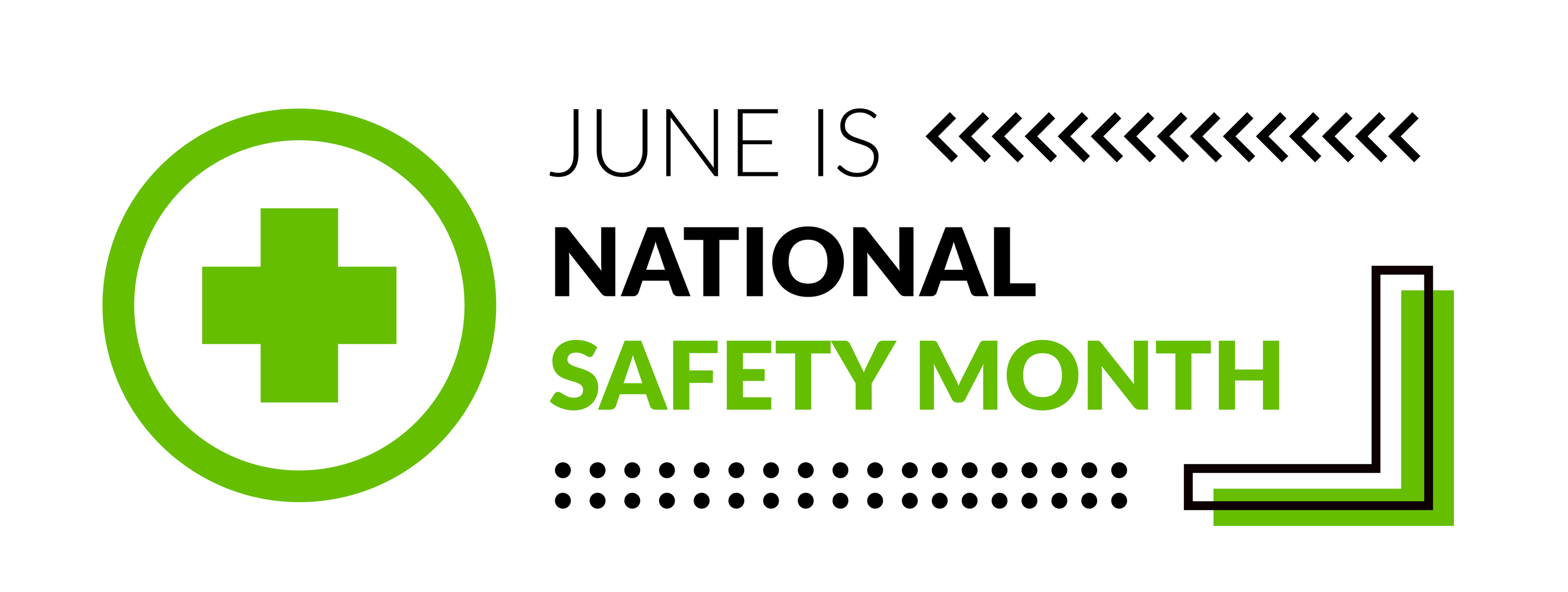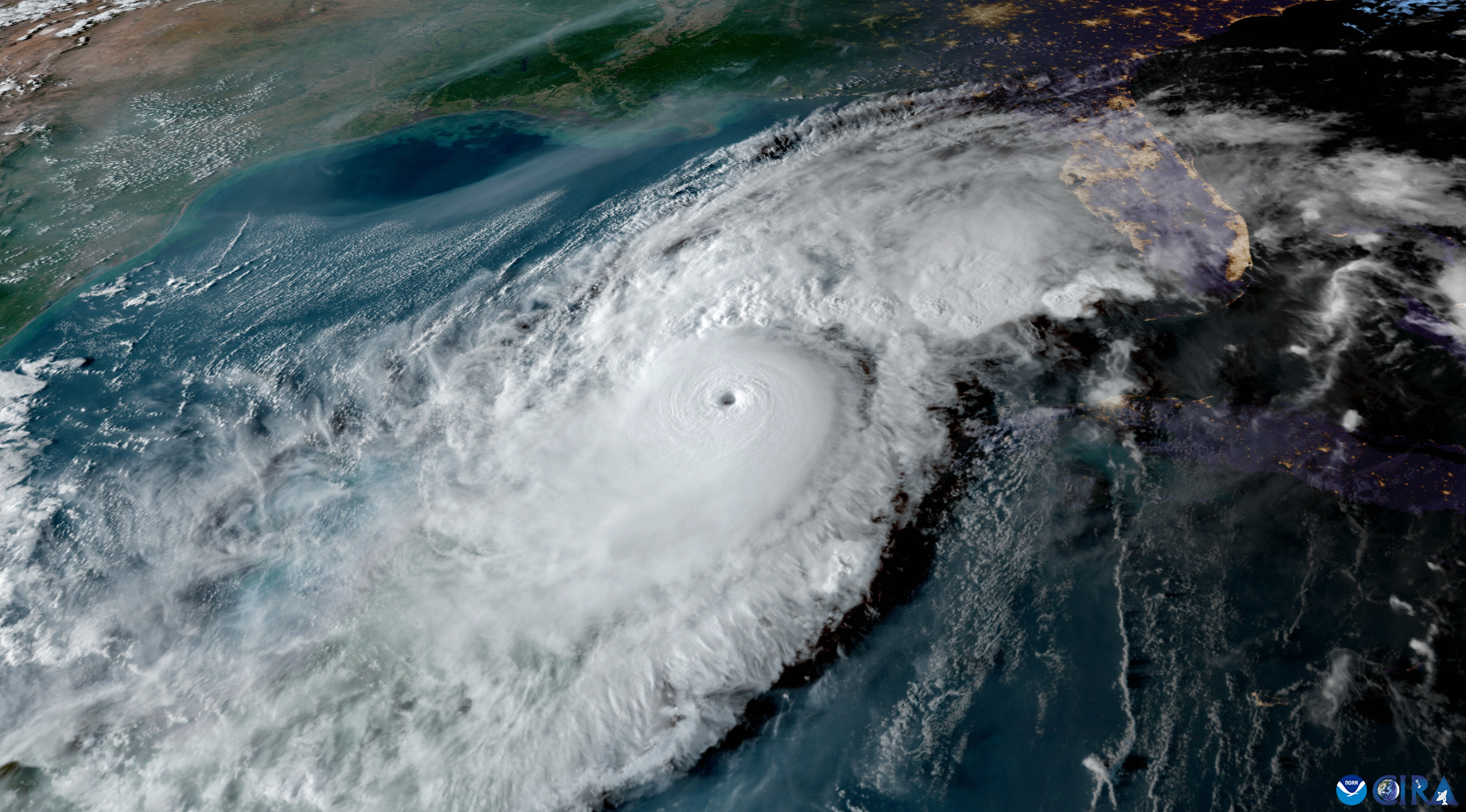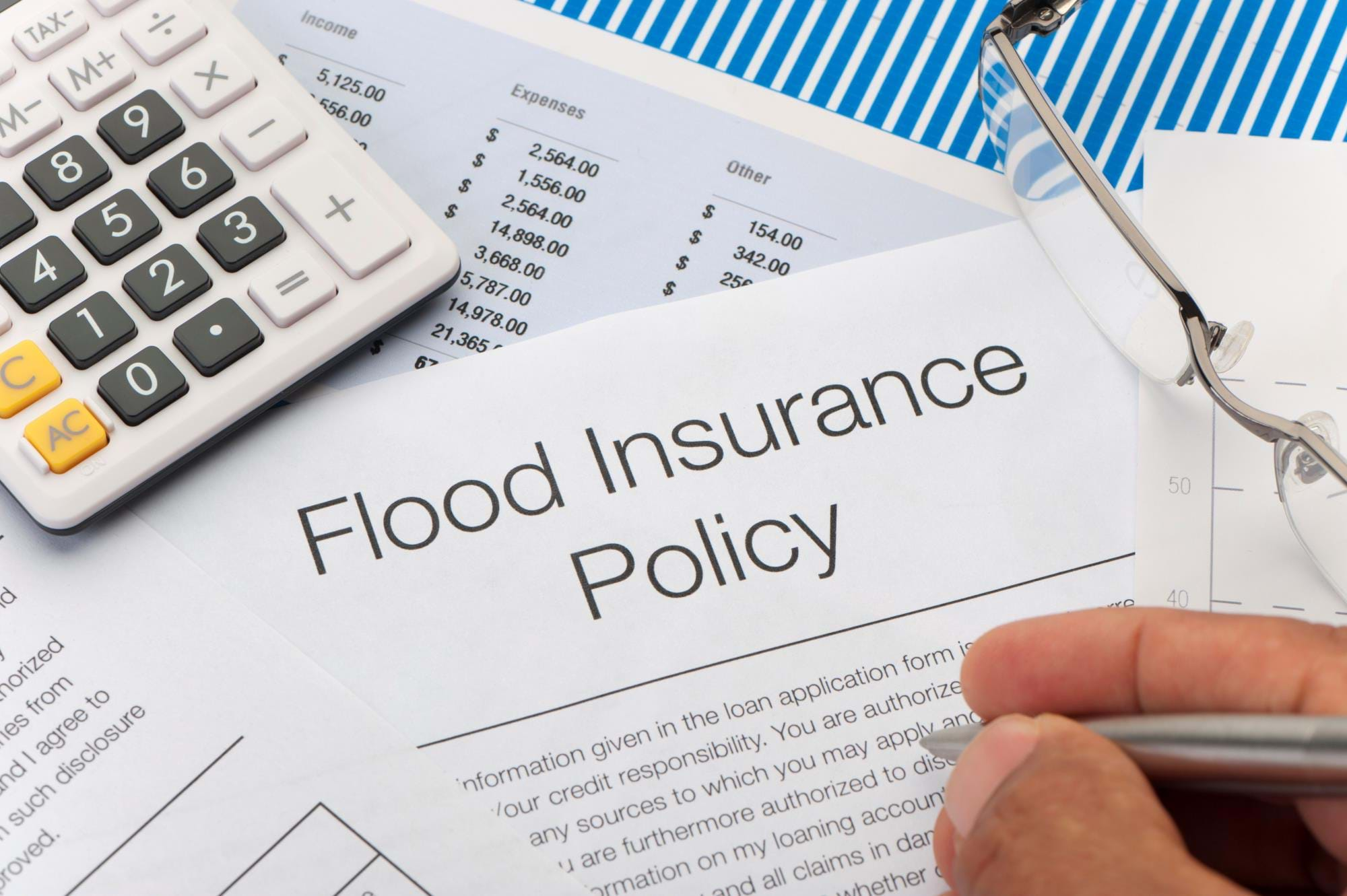With the eastern United States experiencing the warmest and wettest December on record, and an unseasonable cold front whipping through the west, business owners are giving more consideration to how these changing weather patterns could impact the safety and success of their business. In fact, while I write this, segments of the state of Texas are simultaneously under a Blizzard watch, Tornado Warning, Winter Storm Watch and Flash Flood Warning.
Recently, The States at Risk Project (a collaboration between Climate Central and ICF International) released “America’s Preparedness Report Card”. This report explores the preparedness actions that each State is taking with respect to weather-related threats. These threats include extreme heat, drought, wildfires, inland flooding and coastal flooding. Through understanding how state agencies are prepared for natural disasters, business owners can better understand what additional measures they need to take to protect their assets from natural disasters.
The report showed the following key findings across the country:
- States are less prepared for extreme heat risk. All states in the continental U.S. face this threat, but only 14 percent are taking strong action to prepare.
- States are more prepared for coastal flooding than any other risk, but still only half of all coastal states are taking strong action to prepare for this risk.
- More than half of all states assessed have taken no action to plan for future weather-related inland flooding risks or taken action to address them.
- Only five states received A grades for preparation which included: Pennsylvania, California, Massachusetts, Connecticut and New York.
- The states that failed for weather-related catastrophes are Arkansas, Mississippi, Missouri, Nevada and Texas.
To read the full report on how well your state is prepared for natural disaster, click here.
Disaster Preparedness Tips for Your Business
Disaster preparedness for businesses can often go overlooked, but preparation and planning are key to successfully protecting businesses from unexpected natural disasters sweeping the country. It’s important that a company invest in proper insurance coverage, so that they can continue to thrive when natural disasters occur. Proper coverage will minimize any interruptions in business income and productivity, ultimately lessening the impact on the bottom line. Here are some tips your business should consider to make sure it’s prepared for when a natural disaster strikes:
- Form a disaster recovery plan and team. The first step in preparedness is establishing a cross-functional disaster recovery team onsite that will meet at least every quarter. This team should be responsible for evacuation planning and execution, as well as the organization’s speedy recovery thereafter.
- Identify your weather trends. Every state in the U.S. experiences severe weather of some kind. The new challenge is that the weather patterns we’ve grown accustomed to are changing and becoming difficult to predict through ‘traditional’ models. Coastal areas are no longer the only ones who need to consider flood insurance.
- Assess the potential impact of a natural disaster on your business. Identify the emergencies that can happen if a weather catastrophe occurs. Ask yourself how a natural disaster could affect your employees, your property (or properties) and critical aspects of your overall business? Investing in an insurance policy before a natural disaster can be more cost effective, than seeking to purchase one after a disaster has already occurred.
- Understand your insurance coverage. Review your insurance policy to determine if you have adequate insurance depending on the weather conditions that impact your area. The swaths of disasters (from Katrina through Sandy; wildfires and tornados) have decimated the resources of the Governmental and NGO agencies; counting on them for primary aid is no longer guaranteed. Best practice would be to have coverage that enables you to quickly recover from a weather related disaster.
- Develop a shelter-in-place plan. While having an evacuation plan is critical, there may be many situations, like a tornado, flood warning or air contamination warning, when it is best to stay inside avoid any uncertainty outside. In these situations, a Shelter-in-Place Plan is essential.
It’s inevitable that natural disasters are unexpected and can hit your region at any time. Ask yourself, “How do I maximize my insurance coverage, to best limit my financial exposure?” The most effective way to protect and prepare your business from the damage and devastation of a natural disaster is to look into an insurance plan customized based on your business needs.

Philadelphia, PA, 19102







